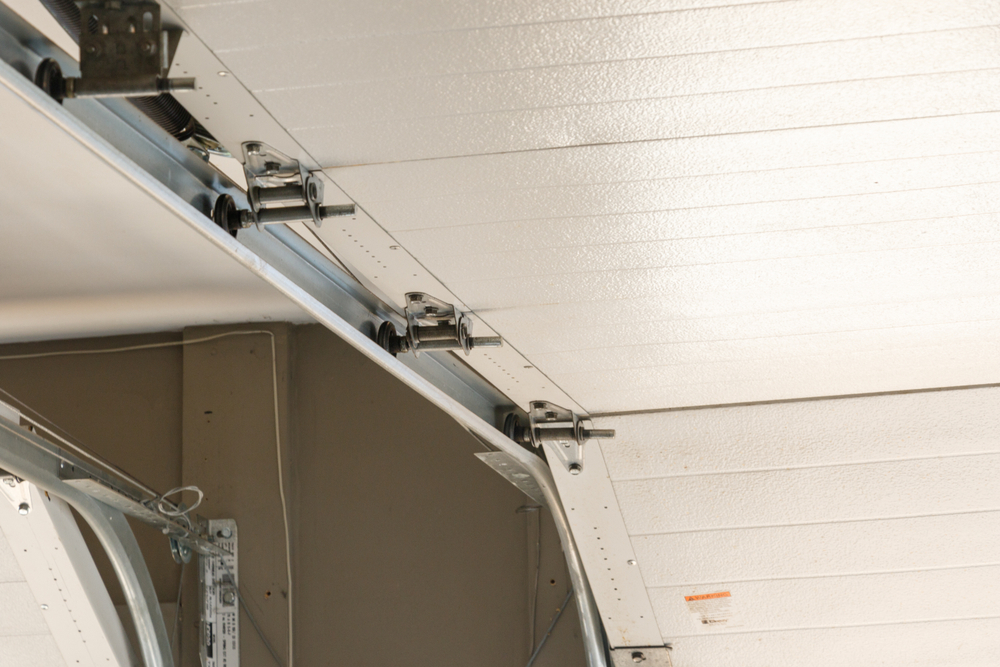
Guide to the Different Types of Garage Door Installation Cables
Too often, the focus of choosing a garage door is placed solely on the door itself. There’s no question about it. The garage door is important as it does provide homeowners with protection and an increase in home value. However, there is a component that is equally important that will literally make the difference between having a slow and unsafe lifting of the door or a functional one. That component is the garage door cables. But what exactly are they? Read on to learn in greater detail about the types of garage door installation cables that are available to consumers along with their advantages and disadvantages.
What Are Garage Door Installation Cables?
Contrary to popular belief, the garage door motor does not do all the work in lifting and setting down your door. The motor provides the energy that sends a signal to other components to begin doing their job. Among the various components that make up the garage door, the cables are used to safely lower and lift the garage door. They used an enormous amount of power to hold the door steady as it moves up or down. However, it is that energy within it that can also make them very dangerous to handle. That is why if they ever do break or aren’t working properly, it is important to have the professionals come in for a garage door installation or garage door repair if it’s a repeating issue.
Safety Cables
Fortunately, safety precautions are taken by the manufacturers of garage doors before they are sent out to consumers. One of those precautions includes the safety cables. Because a broken cable is so dangerous, you are going to need time before the garage door spring repair company arrives. Safety cables keep the door in place and prevent it from falling when the main cables do break or malfunction in another way. Most safety cables will be attached directly to the tracking system near the pulleys.
Torsion Spring Cables
Just like any other spring, torsion spring cables utilize mechanical energy to lift and set down your garage door each time you use it. But how exactly does it work? Torsion springs use a rotating or twisting motion to create energy that is then stored for when the homeowner is ready to go in or out of their garage. One of the most common reasons why a homeowner would use a torsion spring is due to its ability to lift some of the heavier doors on the market, such as wooden doors. The torsion springs will usually be located on the right or left side of a garage. In addition, torsion springs are preferred within cold and wet locations as they are very effective in fighting off rust. It must be noted that because of the amount of tension stored within them, having one break can lead to an extremely dangerous situation. Thus, a professional should always come in to handle any repairs.
Extension Spring Cables
The other popular choice for homeowners is extension spring cables. These cables run along the horizontal track and are created with a garage door’s height in mind. This is something homeowners must keep in mind if they are to go with extension springs. Unlike a torsion spring that needs torque in order to obtain energy, extension springs will collect that energy as it compresses and extends. A few challenges that come with extension springs include their installation process and safety. In terms of installation, extension spring cables are notorious for being very difficult to balance when they are first installed onto a door. When it comes to safety, they don’t exactly have the best record. This is usually due to the fact that they are older technology. That is why experts suggest going with a more modern option, such as torsion springs.
Additional Cables Involved in Garage Door Installation that People Should Know About
Torsion and extension springs are usually the stars of the show, but there are other supporting cables that homeowners should know about. These include the lifting cable, the retaining cable, and the emergency release cable. Issues with any of these cables can drastically affect the functionality of the door. Let’s begin with lifting cables and their purpose. Lifting cables are responsible for lifting and placing the door down, and they are likely the first cable to break. Retaining cables were covered earlier in this article and are simply another word for safety cables. Lastly includes the emergency release cable. Every garage door comes with this type of cable, which can be found near your garage door motor, usually with a red rope attached to it. Pulling the red rope or lever will release the door from the motor. This is often necessary when there is a blackout or fire, and you need to quickly remove yourself from the home.











